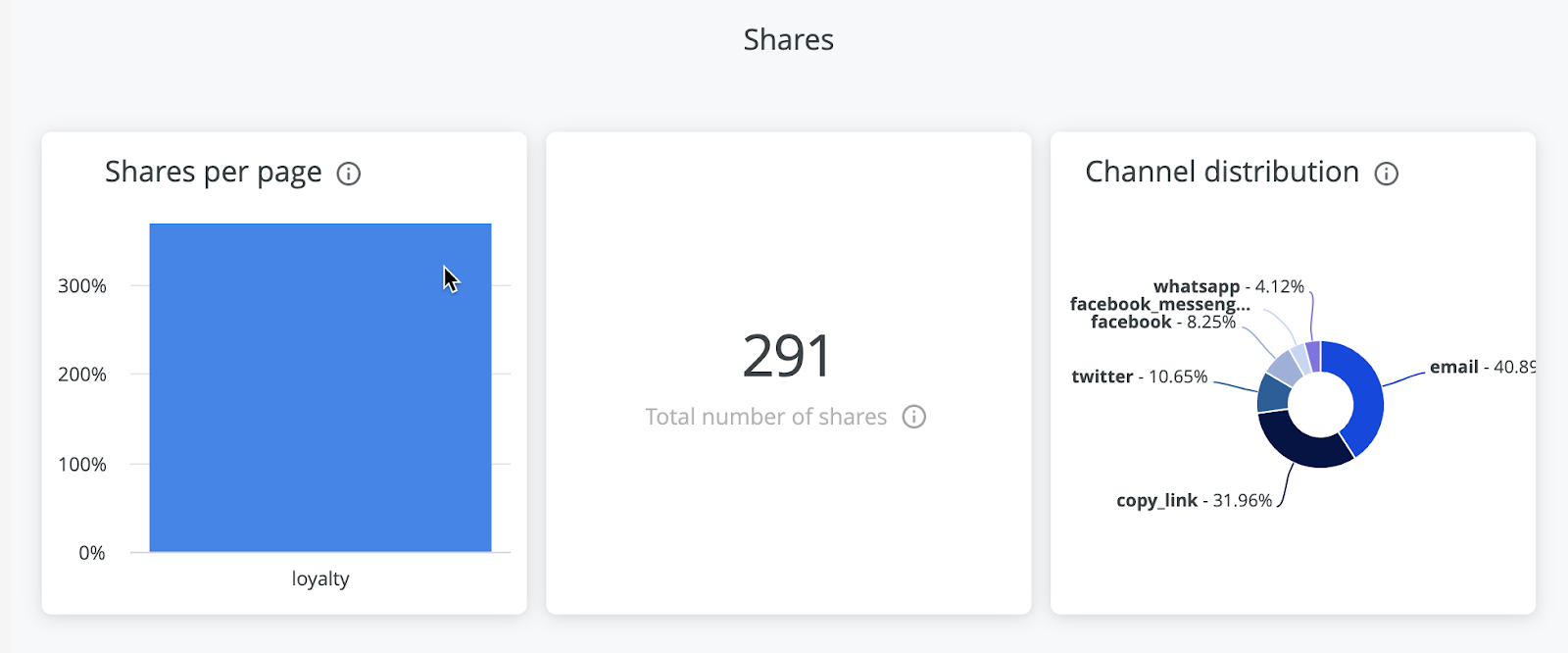Yotpo Loyalty & Referrals: Complete Buyer's Guide
Transforming traditional discount-driven customer acquisition into AI-powered behavioral engagement.
Yotpo Loyalty & Referrals positions itself as a comprehensive customer engagement platform that moves beyond generic points-based loyalty programs toward sophisticated behavioral-driven retention strategies. The platform's core differentiator lies in its Enhanced Loyalty Segmentation Engine, which uses AI to create dynamic customer segments based on purchase history, engagement behavior, and predictive analytics[52].
Market Position & Maturity
Market Standing
Yotpo Loyalty & Referrals operates within the rapidly expanding AI-driven ecommerce engagement market, which is projected to grow from $5.79 billion in 2023 to $50.98 billion by 2033, reflecting a 24.3% CAGR[1].
Company Maturity
The company demonstrates strong market maturity through established enterprise customer relationships and proven scalability across diverse ecommerce environments.
Industry Recognition
Industry recognition comes through documented customer success stories and measurable performance outcomes. ThirdLove's 65% average order value increase and Hero Bread's 110x ROI from loyalty campaigns provide third-party validation of platform effectiveness[44][46].
Proof of Capabilities
Customer Evidence
ThirdLove, a direct-to-consumer intimate apparel brand, achieved a 65% increase in average order value alongside a 19% loyalty participation rate within 9 months by transitioning from generic discount strategies to AI-powered personalized rewards[46]. Hero Bread provides compelling evidence of Yotpo's automated campaign capabilities, delivering 110x ROI from loyalty-specific SMS campaigns[44].
Quantified Outcomes
Customer implementations report 37% higher engagement through AI personalization versus static programs[8], while AI-powered gamification drives 18% higher repeat purchase rates compared to traditional loyalty programs[2].
Competitive Wins
Competitive displacement evidence shows Yotpo's integrated approach winning against specialized solutions. The platform's combination of loyalty, reviews, and SMS marketing provides comprehensive customer engagement capabilities that eliminate the need for multiple point solutions, appealing to businesses seeking technology stack consolidation[55].
AI Technology
Yotpo's AI implementation centers on three core technological pillars: predictive segmentation, behavioral personalization, and automated campaign optimization. The platform's Enhanced Loyalty Segmentation Engine uses machine learning algorithms to analyze purchase history, engagement patterns, and behavioral indicators, creating dynamic customer segments that evolve in real-time based on customer actions[52].
Architecture
Yotpo's API-First Architecture provides extensive integration capabilities, supporting custom reward redemptions, automated coupon generation, and real-time synchronization with existing ecommerce systems[43].
Primary Competitors
Smile.io, LoyaltyLion, Wheelio, basic Shopify loyalty apps, Antavo.
Competitive Advantages
Competitive Advantages include the platform's Enhanced Loyalty Segmentation Engine using AI to create dynamic customer segments[52], API-First Architecture supporting complex integration requirements[43], and Cross-Channel Personalization capabilities that outperform static tier-based loyalty programs.
Market Positioning
Market Positioning targets the gap between basic loyalty apps and complex enterprise solutions, appealing to mid-market businesses seeking comprehensive capabilities without enterprise-level complexity.
Win/Loss Scenarios
Win/Loss Scenarios favor Yotpo when businesses prioritize integrated customer engagement over specialized loyalty features, have sufficient technical resources for implementation, and possess robust customer data for AI personalization.
Key Features

Pros & Cons
Use Cases
Pricing
Featured In Articles
Comprehensive analysis of Gamification for Ecommerce for Ecommerce businesses and online retailers. Expert evaluation of features, pricing, and implementation.
How We Researched This Guide
About This Guide: This comprehensive analysis is based on extensive competitive intelligence and real-world implementation data from leading AI vendors. StayModern updates this guide quarterly to reflect market developments and vendor performance changes.
55+ verified sources per analysis including official documentation, customer reviews, analyst reports, and industry publications.
- • Vendor documentation & whitepapers
- • Customer testimonials & case studies
- • Third-party analyst assessments
- • Industry benchmarking reports
Standardized assessment framework across 8 key dimensions for objective comparison.
- • Technology capabilities & architecture
- • Market position & customer evidence
- • Implementation experience & support
- • Pricing value & competitive position
Research is refreshed every 90 days to capture market changes and new vendor capabilities.
- • New product releases & features
- • Market positioning changes
- • Customer feedback integration
- • Competitive landscape shifts
Every claim is source-linked with direct citations to original materials for verification.
- • Clickable citation links
- • Original source attribution
- • Date stamps for currency
- • Quality score validation
Analysis follows systematic research protocols with consistent evaluation frameworks.
- • Standardized assessment criteria
- • Multi-source verification process
- • Consistent evaluation methodology
- • Quality assurance protocols
Buyer-focused analysis with transparent methodology and factual accuracy commitment.
- • Objective comparative analysis
- • Transparent research methodology
- • Factual accuracy commitment
- • Continuous quality improvement
Quality Commitment: If you find any inaccuracies in our analysis on this page, please contact us at research@staymodern.ai. We're committed to maintaining the highest standards of research integrity and will investigate and correct any issues promptly.